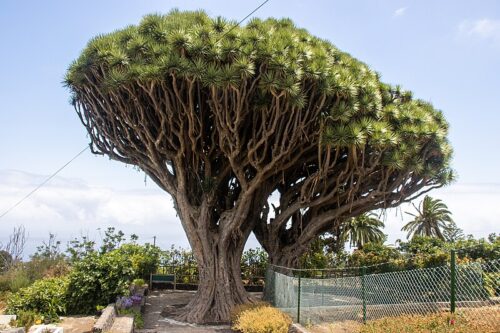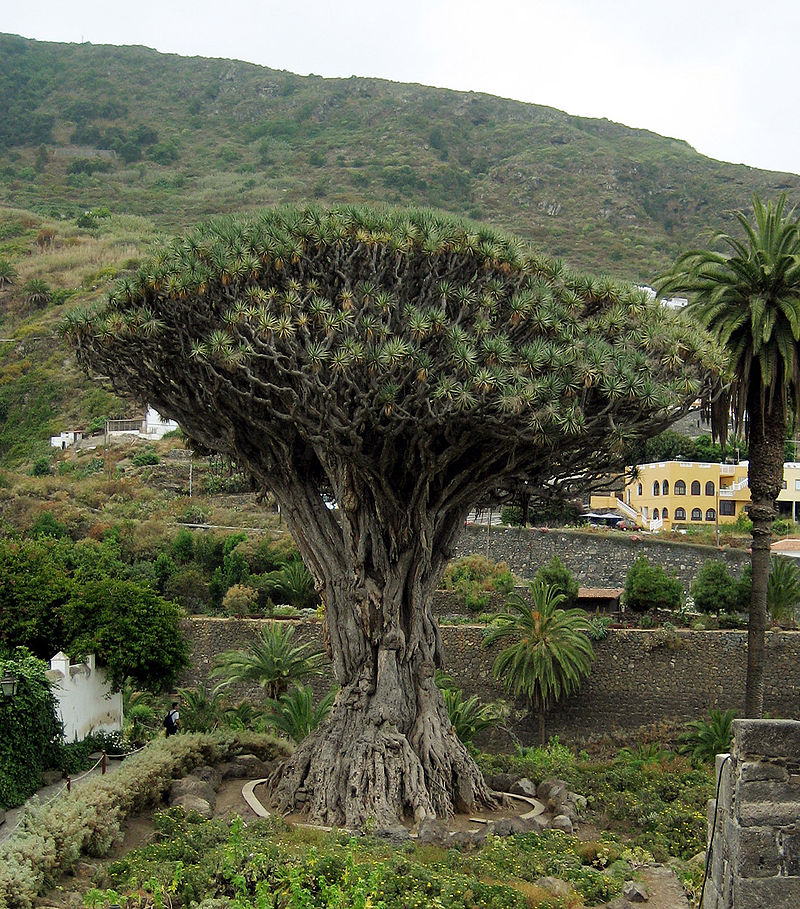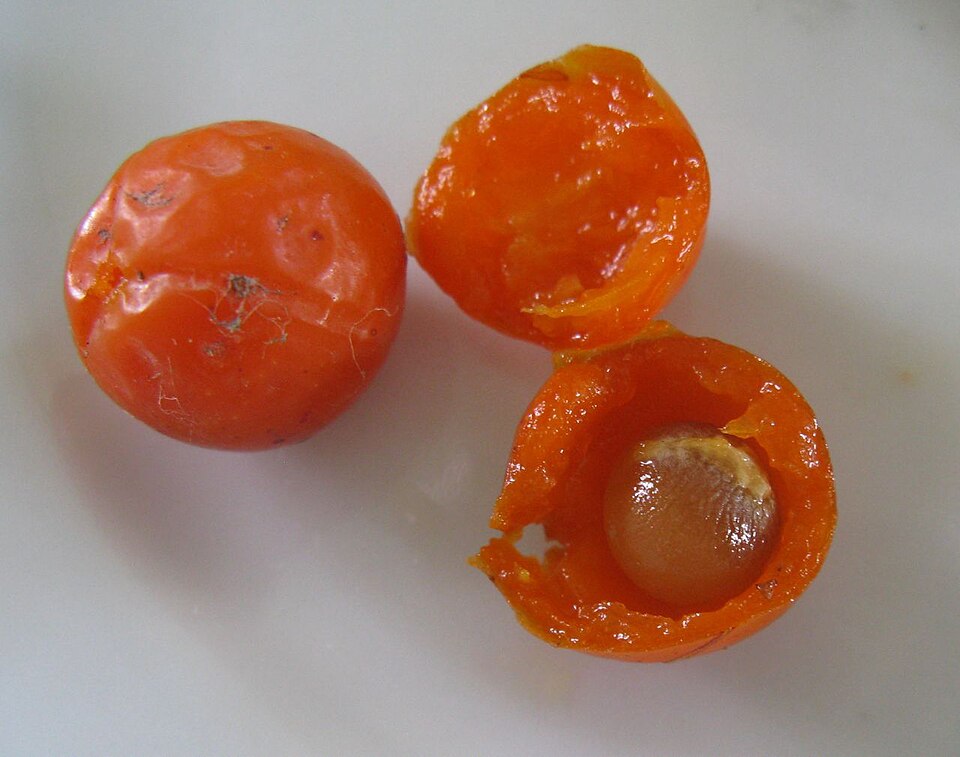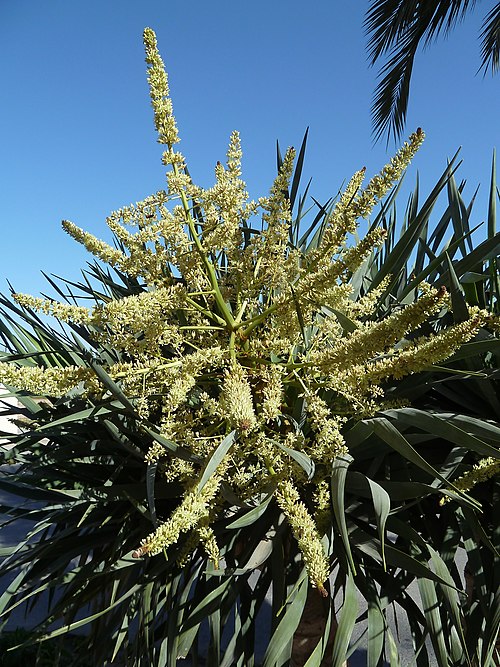Dragon Tree – A Symbol of Resilience and Beauty

The Dragon Tree, or Dracaena draco, is one of nature’s most captivating and enduring trees. With its unique appearance and fascinating history, it’s not just a plant; it’s a living piece of folklore and a symbol of resilience. Let’s take a closer look at this extraordinary tree, from its origins and characteristics to its cultural significance.
What is the Dragon Tree?
Native to the Canary Islands, Cape Verde, and parts of Morocco, the Dragon Tree is a species of evergreen shrub or tree that belongs to the Dracaena genus. The most recognizable feature of the tree is its distinctively thick, branching trunk, which gives it a dragon-like silhouette, often described as “resembling a spiny palm” or “an umbrella with its stiff, leathery leaves.”
The Dragon Tree’s leaves are long, narrow, and sword-like, growing in a dense rosette at the top of the tree. As the tree ages, it develops a unique branching structure, where older trunks give way to newer shoots, creating a multi-stemmed appearance. These trees can grow up to 30 feet tall in the wild, though they are much smaller when grown in pots or as houseplants.
One of the most striking aspects of the Dragon Tree is its blood-red sap, often referred to as “Dragon’s Blood.” This resin has been used for centuries in various cultures for medicinal and practical purposes, adding to the mystery and allure of the tree.

A very old Dragon Tree (Dracaena draco) at Icod de los Vinos, Tenerife © Creative Commons – Source: https://commons.wikimedia.org/wiki/File:Dracaena_draco.jpg
The Legend of the Dragon Tree
The Dragon Tree’s name is steeped in myth and legend. According to one popular tale, the tree’s blood-red sap is linked to a mighty dragon slain by a hero. As the dragon’s blood spilled onto the ground, the Dragon Tree sprang from the earth, its red sap forever a testament to the battle between good and evil. This myth was particularly cherished in ancient civilizations, giving the tree its mystical aura.
In many cultures, the Dragon Tree was also believed to have protective powers. It was a symbol of strength and resilience, capable of warding off evil spirits and offering a sense of security to those who planted it near their homes.

Dragon Tree Fruit, cultivated plant, Melbourne, Australia – Creative Commons | Author: Nadiatalent – Source: https://commons.wikimedia.org/wiki/File:Dracaena_draco_1.jpg
Dragon Tree in Different Cultures
The Dragon Tree has had a significant place in the history and folklore of various cultures. In the Canary Islands, the tree is considered a national symbol, and its impressive, gnarled trunks are a key attraction in local botanical gardens. The resin, Dragon’s Blood, was highly valued by ancient Greeks and Romans. It was used not only in traditional medicine but also in rituals, where it was believed to have the ability to enhance protection, purity, and power.
In ancient China, Dragon’s Blood was seen as a symbol of vitality and life force. It was incorporated into different forms of art and medicine, with the belief that it could promote longevity and strength.
The Uses of Dragon’s Tree Blood
While the Dragon Tree itself is captivating, it’s the resin that often steals the spotlight. The sticky, dark red sap, known as Dragon’s Blood, has been prized for its various uses across history:
Medicinal Uses – Traditionally, Dragon’s Blood resin was used for healing purposes. It was believed to treat wounds, digestive problems, and even respiratory issues. It was also used as an astringent in the treatment of hemorrhoids and as a remedy for sore throats and mouth ulcers.
Cosmetic Uses – In modern times, Dragon’s Blood is still used in some cosmetic products, where it’s valued for its antioxidant properties. It’s thought to help promote skin regeneration and fight against the signs of aging.
Dye and Incense – In ancient times, Dragon’s Blood was used as a dye for fabrics, as well as in incense. The resin produces a deep red color, which was often used for ceremonial purposes.
Spiritual and Ritualistic Uses – Throughout history, Dragon’s Blood has been an important part of many rituals, often used as incense in sacred ceremonies. It was believed to cleanse spaces and create a spiritual connection to the divine.
Growing a Dragon Tree
If you’re lucky enough to live in a warm, subtropical climate, the Dragon Tree can thrive in your garden. It’s quite a hardy plant that requires minimal care, making it a favorite among both beginners and seasoned gardeners. However, the tree’s slow growth means it can live for hundreds of years, sometimes reaching impressive heights.
For those who live in cooler climates or want to add a touch of the exotic to their home, the Dragon Tree is also an excellent houseplant. It requires well-draining soil, moderate watering, and indirect sunlight. Its tolerance for low-light conditions makes it a perfect indoor plant for offices and homes.

Inflorescence – Cultivated/ornamental, Avda de La Libertad, Albater – Creative Commons | Author: Philmarin – Source: https://commons.wikimedia.org/wiki/File:D.draco-3.jpg
The Dragon Tree
The Dragon Tree, with its enchanting appearance, rich history, and numerous uses, is more than just a botanical specimen. It is a testament to the power of nature and the imagination. Whether you’re drawn to its mythical legends, its fascinating resilience, or its practical uses, the Dragon Tree serves as a reminder of the deep connection between the natural world and the stories that shape our culture.
Whether you’re adding one to your garden or simply marveling at its beauty in a botanical garden, the Dragon Tree will continue to captivate anyone who crosses its path.
References:
https://en.wikipedia.org/wiki/Dracaena_draco










